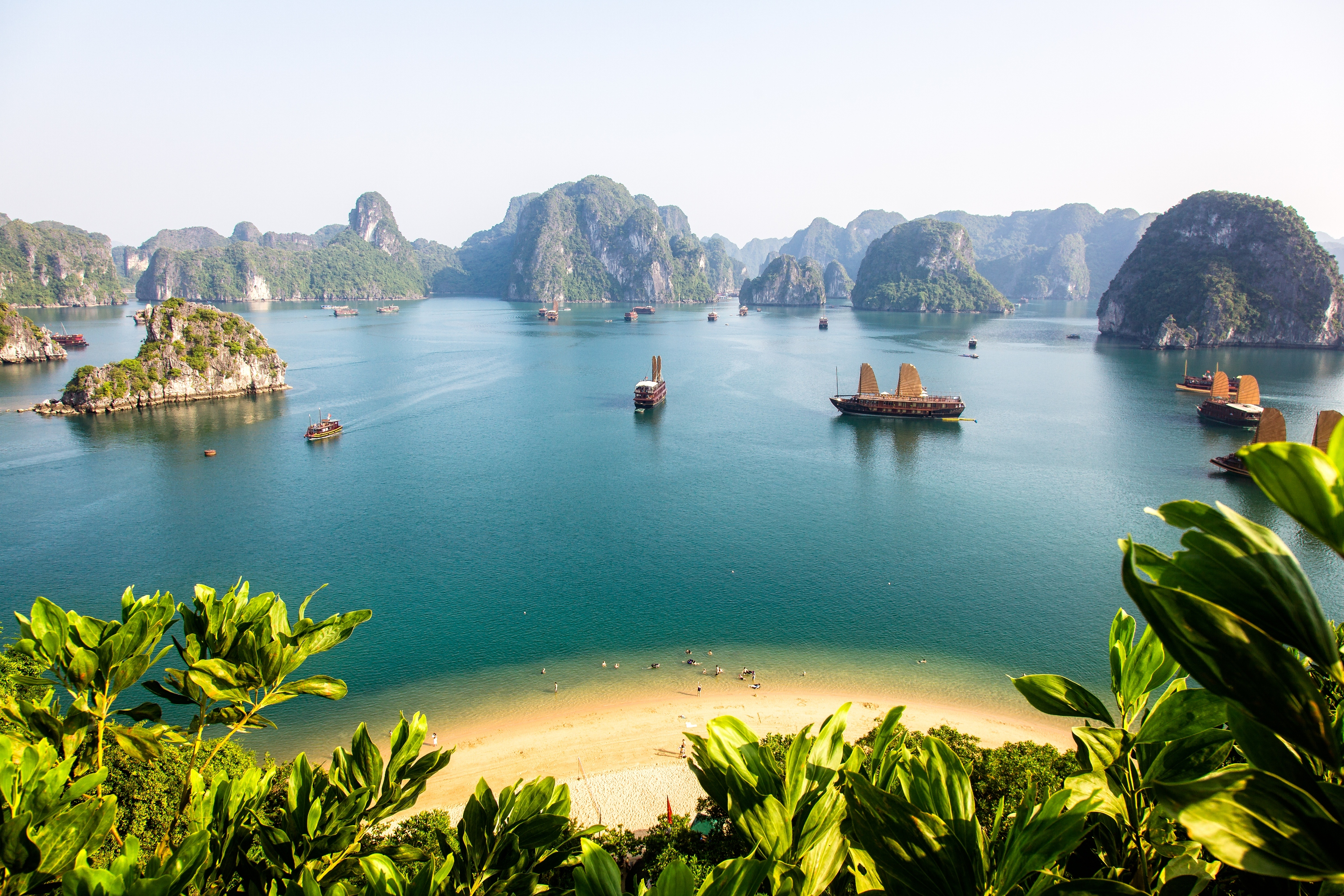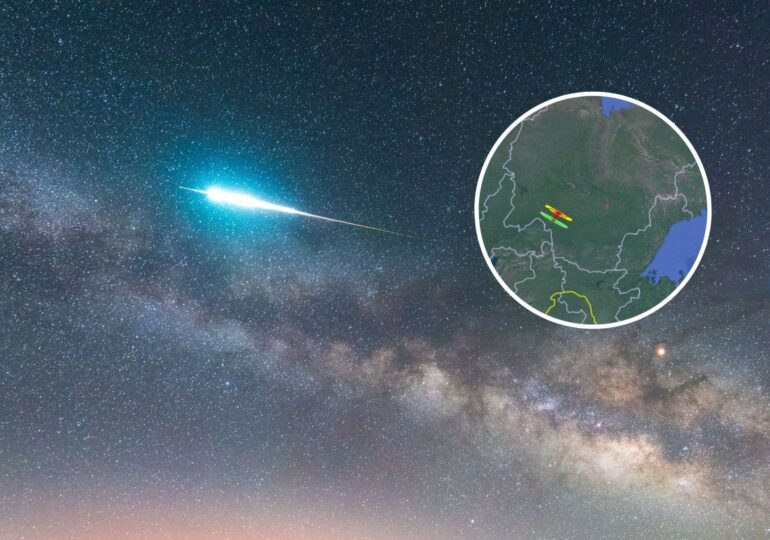Embracing the Chaos and Charm of Ho Chi Minh City: A Journey Through Vietnam’s Commercial Heart

Ho Chi Minh City, or as many locals still call it, Saigon, is a whirlwind of activity. Motorcycles zip by in every direction, while street vendors hawk their goods on every corner. For newcomers, the bustling streets and constant movement might seem chaotic. But in this commercial center of Vietnam, the apparent madness conceals a deeper harmony—an exciting blend of the old and new, where tradition and modernity coexist.
As Graham Greene, the British author and journalist, once noted, “You come to Vietnam, you understand a lot in a few minutes. But the rest has got to be lived.” His words still resonate today, especially in Ho Chi Minh City, where understanding the rhythm of life requires a deeper dive beyond the first impressions.
Saigon or Ho Chi Minh City?
Though officially renamed after the revolutionary leader in 1976, the city’s former identity remains intact in many ways. Locals still affectionately refer to it as Saigon, a nod to its historical roots. The Saigon River flows through the city, and Saigon beer is a popular brand—small yet significant reminders that the past is very much alive in this dynamic metropolis.
Po, a tour guide, insists it’s perfectly fine to use the old name. “Lots of things are still being called Saigon,” he says with a smile, preparing visitors to embrace the city’s organized chaos. And there’s no better way to experience this than on the back of a motorbike, the city’s primary mode of transportation.
Navigating the Motorcycle Madness
With 7.3 million motorcycles in a city of 8.9 million people, Ho Chi Minh City’s streets are a never-ending parade of scooters and bikes. But despite the apparent chaos, there’s an odd sense of order. Riders weave through traffic with precision, somehow avoiding collisions as they transport everything from car parts to entire families.
For visitors, hopping on a motorbike provides a thrilling yet nerve-wracking way to experience the city. Po, ever the calm guide, assures that there’s a method to the madness. “Sometimes the traffic jam gets bad, they just use the pavement to run faster,” he laughs. For many, navigating the city’s streets is part of its charm, an exhilarating way to feel the pulse of Saigon.
Soaking in the Local Culture
For those seeking a brief respite from the city’s intensity, Ho Chi Minh City offers plenty of cultural gems. At curbside barber stalls, locals and tourists alike can get a shave or a haircut for as little as a dollar, all while watching the world rush by.
Just as emblematic of the city’s charm is the Saigon Opera House. Built by the French in 1900, this architectural masterpiece stands as a symbol of Vietnam’s colonial past, now hosting performances of The Bamboo Circus. This spectacular show, a marriage of traditional bamboo scaffolding and modern circus performance, tells the story of modern Vietnam through acrobatic feats that leave audiences in awe.
Tradition in Modern Vietnam
While Vietnam’s rapid modernization is evident throughout Ho Chi Minh City, the preservation of ancient traditions remains an integral part of its identity. One such tradition is water puppetry, a unique art form where puppeteers manipulate puppets while standing waist-deep in water. Dating back hundreds of years, water puppetry is a cornerstone of Vietnamese cultural history, and witnessing a performance provides a glimpse into the nation’s royal past.
For a more whimsical experience, visitors can head to Suoi Tien Theme Park, a fairy tale-inspired park that weaves together Vietnamese folklore, history, and culture. Here, visitors can learn about Âu Cơ, the mountain goddess regarded as the mother of Vietnam, and other traditional stories, while enjoying the thrills of a theme park. It’s a fascinating blend of history lesson and entertainment, offering insight into the values and traditions that have shaped the nation.
A Taste of Vietnam’s Coffee Culture
Ho Chi Minh City is also a hub for coffee lovers. As the world’s second-largest coffee exporter, Vietnam’s robusta beans are famous, but for a truly unique experience, one must try weasel coffee. This specialty coffee is made from beans that have passed through the digestive system of weasels before being collected, sanitized, and brewed. The result is a rich, full-bodied cup of coffee that’s unlike anything else in the world.
“They feed the weasel the fresh coffee beans,” says Po, with a chuckle. “And then it… poops out… it’s certified, you know, good quality!” Despite its unusual preparation process, weasel coffee is a local delicacy, providing a caffeine boost to those preparing for another day of exploring the city.
The Past and the Present Collide
As modern as Ho Chi Minh City feels, its past is never far away. Walking through its traditional alleyways and markets, visitors can browse through relics of the Vietnam War, with items like medals, dog tags, and old photographs still on sale. This eerie combination of historical artifacts and modern-day commerce serves as a reminder of the city’s turbulent past, with the Vietnam War—referred to locally as the American War—still casting a long shadow.
Yet, despite this, life goes on. Children can be seen flying kites in the city’s parks, just as they have for generations, a simple but enduring symbol of the city’s resilience and continuity.
In Ho Chi Minh City, the past and present blend seamlessly, creating a vibrant energy that’s both chaotic and captivating. It’s a city that demands to be experienced, not just visited—a place where embracing the chaos is all part of the fun.



















